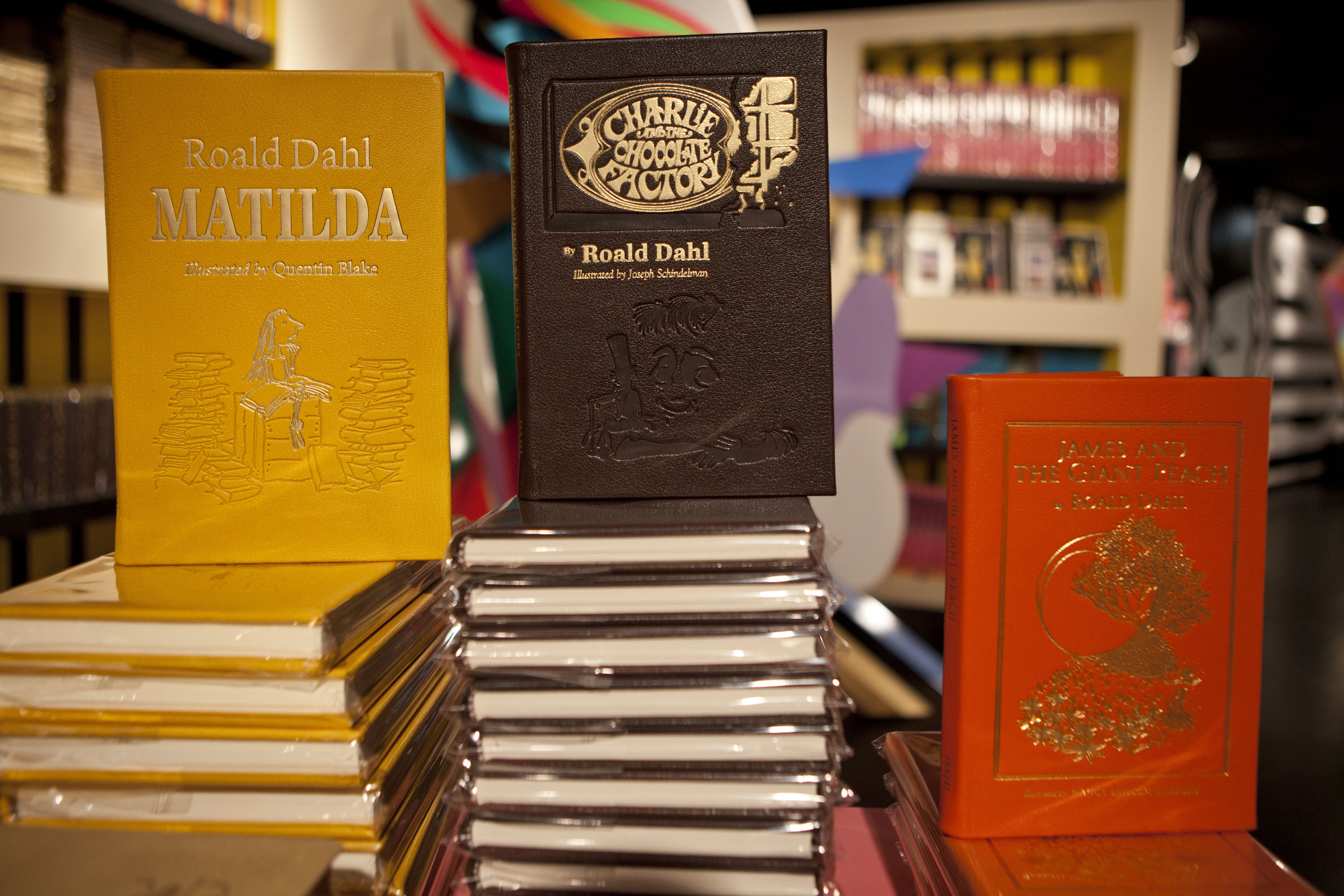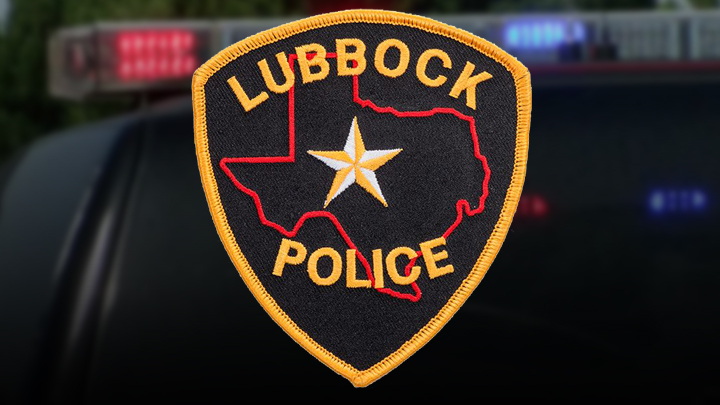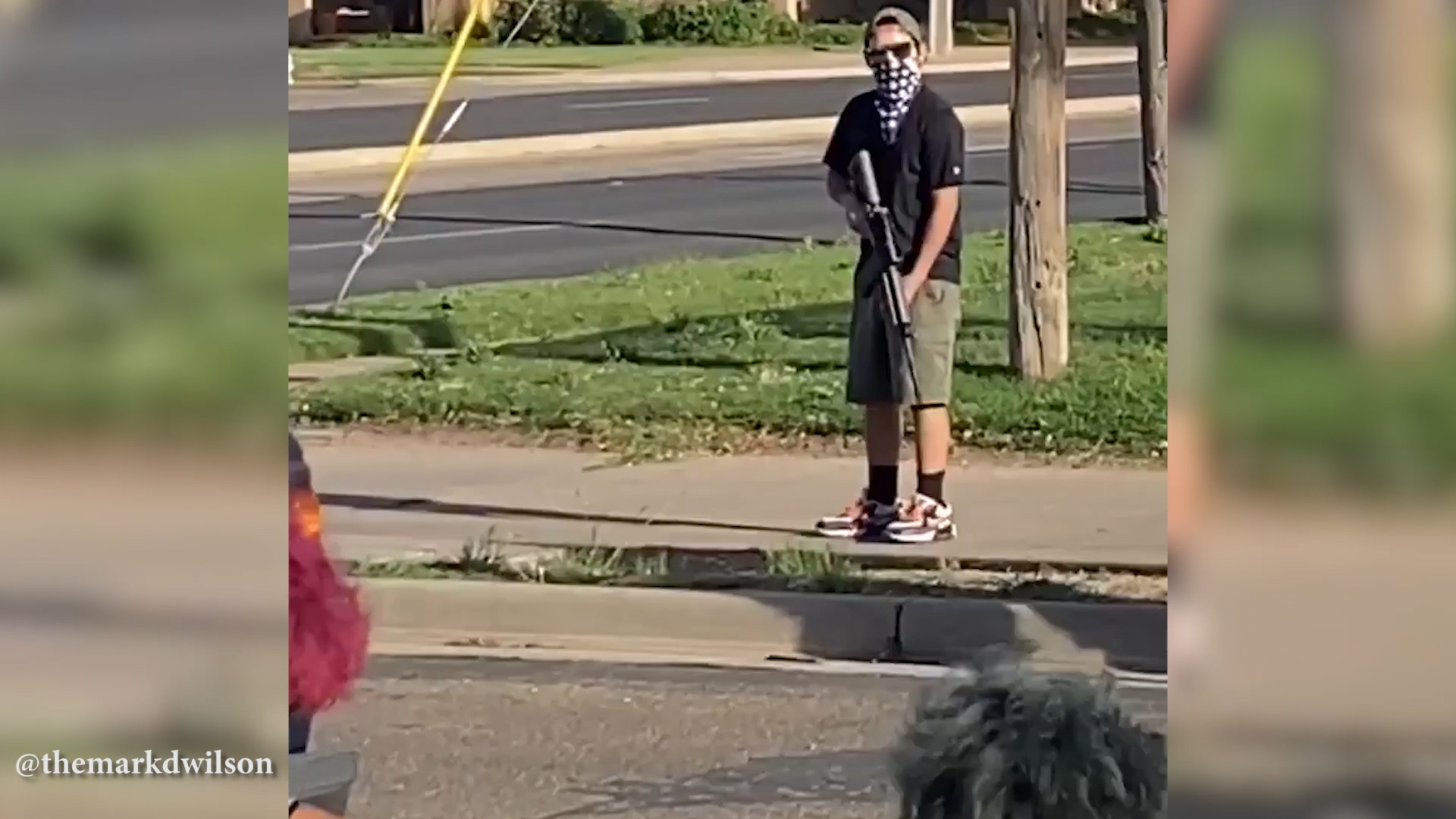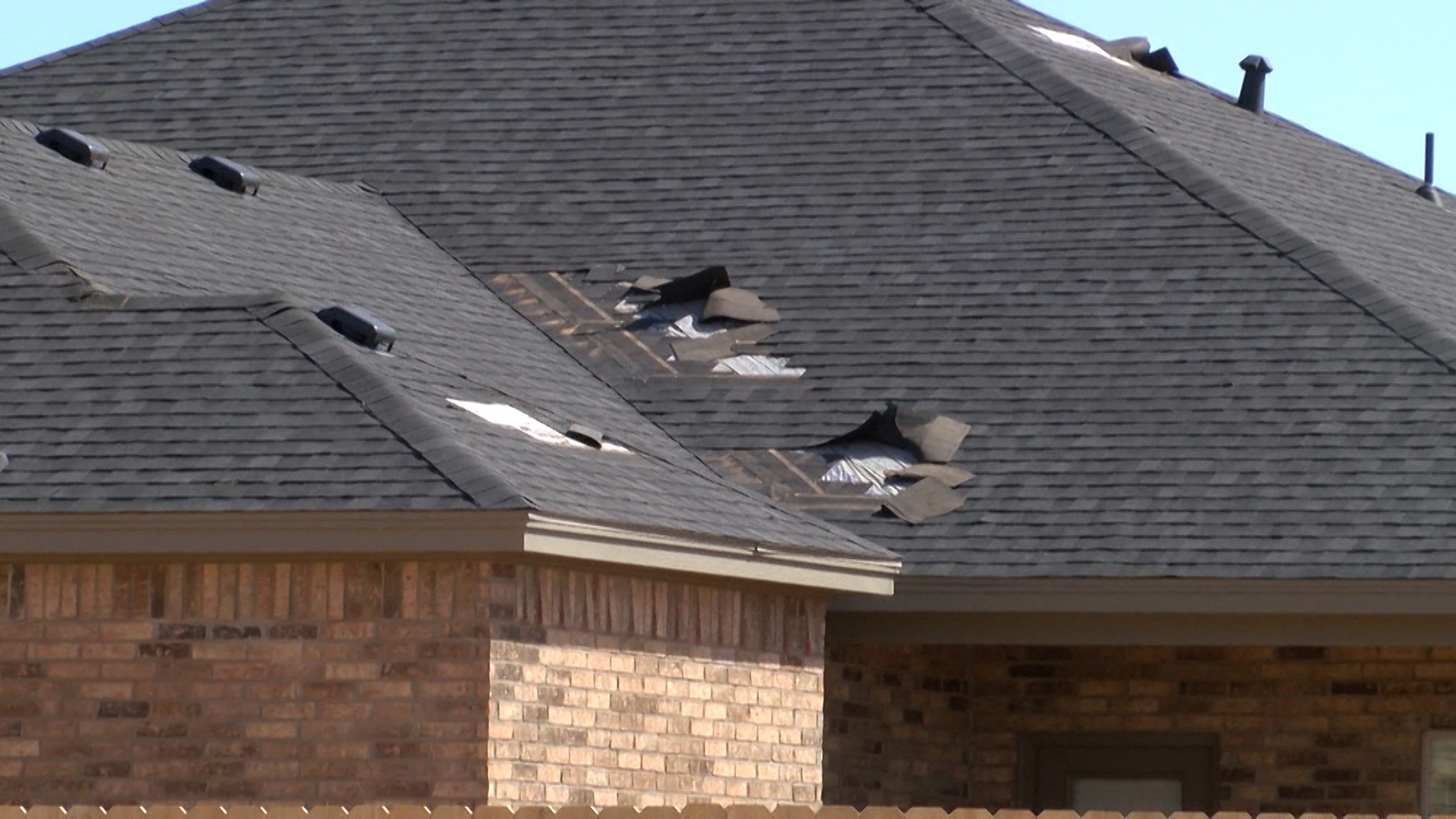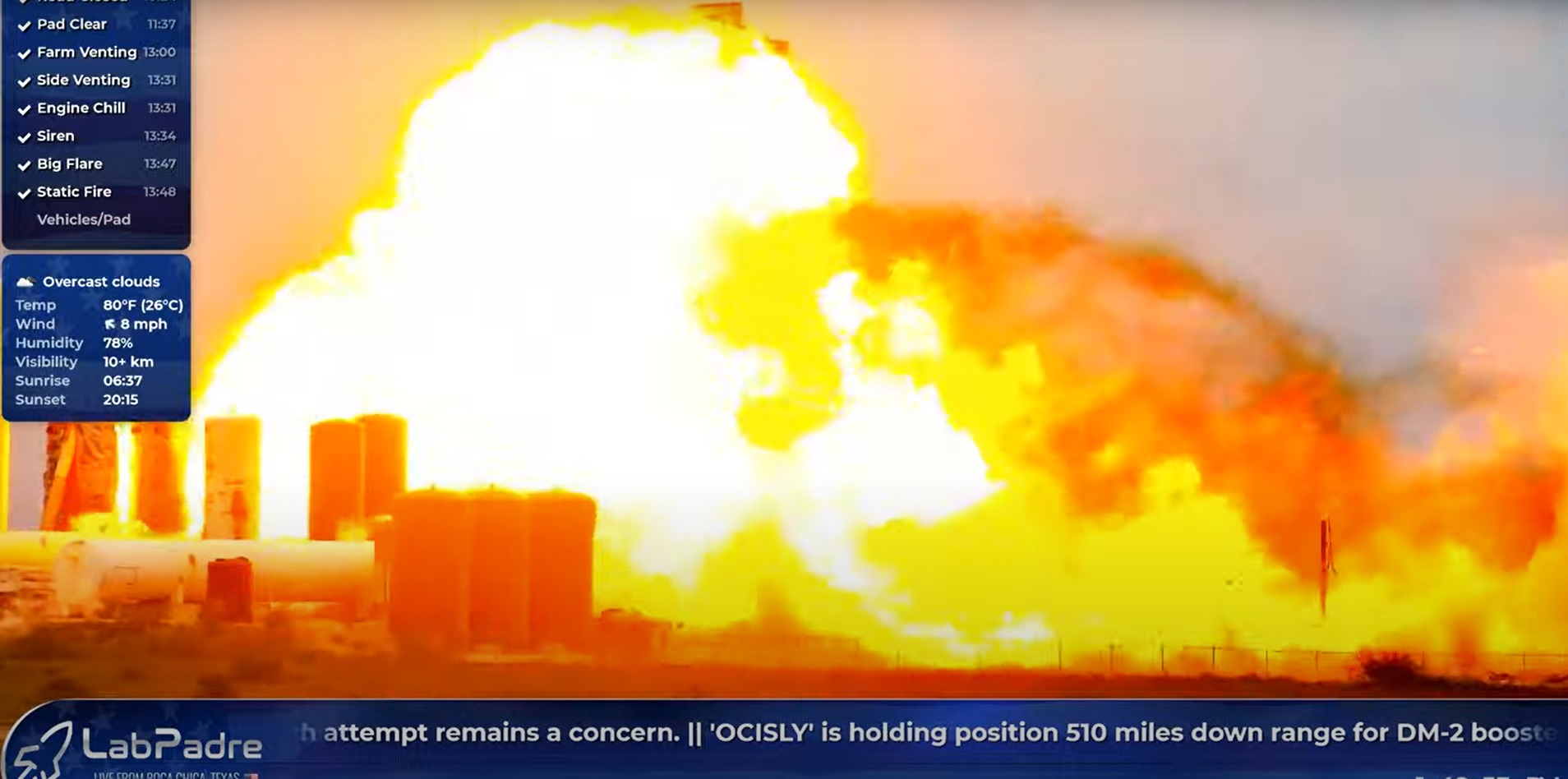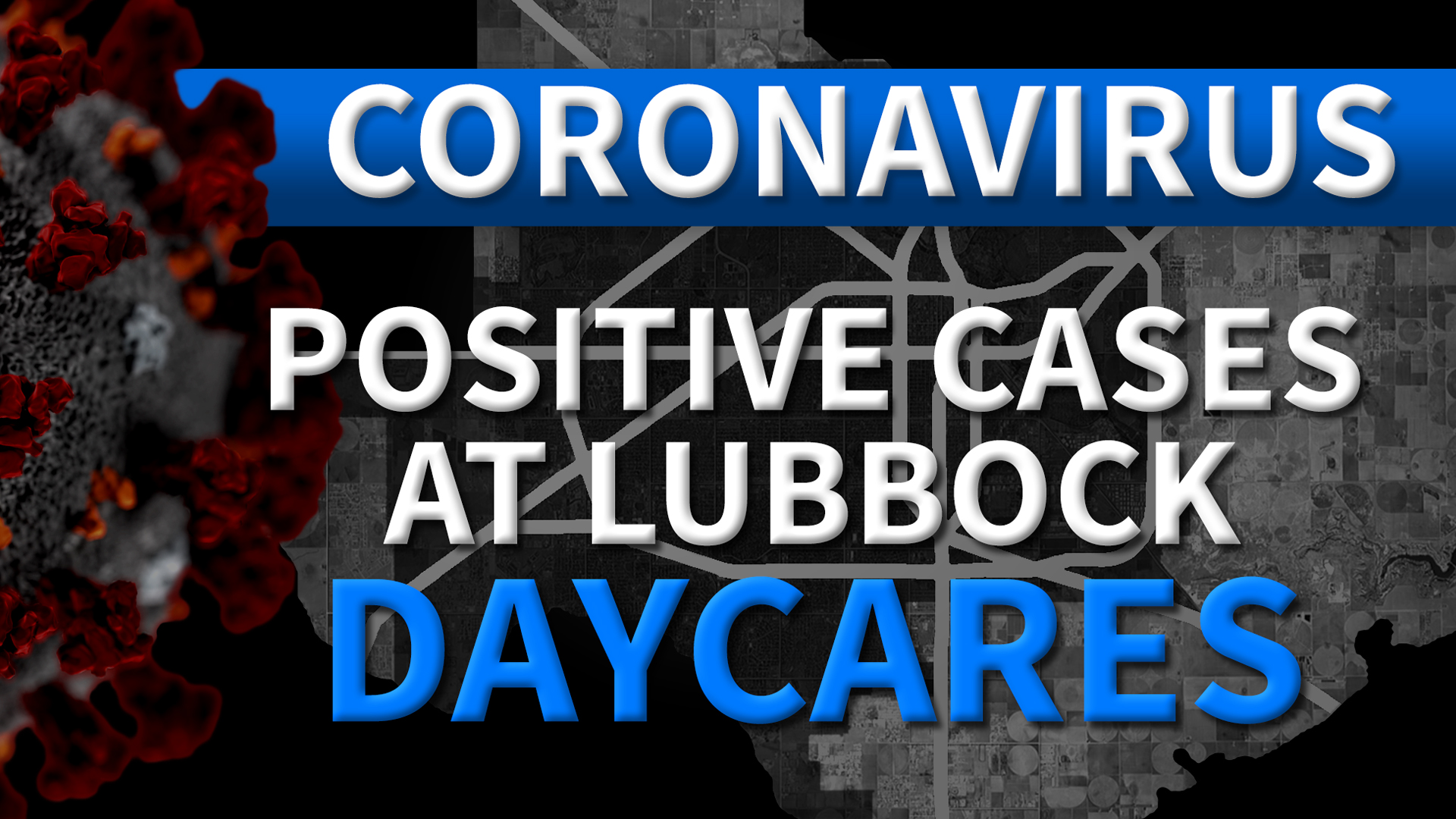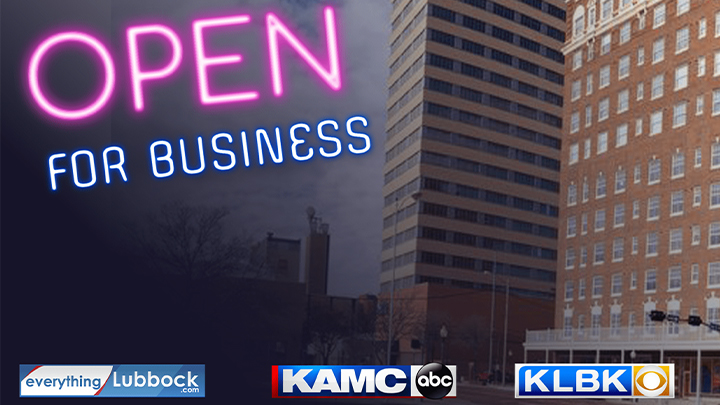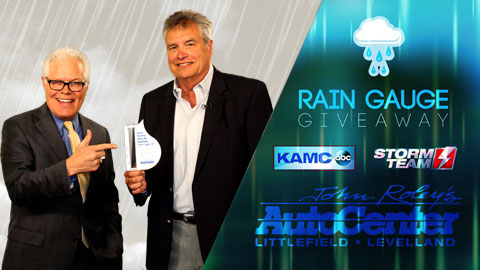From daylight to darkness in minutes. A wall of dust swallowing the entire city of Lubbock marched through causing wind damage and near zero visibility.
Wes Burgett, the Texas Tech Operations Manager at the West Texas Mesonet says the 2011 drought played a huge role in the formation of this historic haboob. “The problem with 2011, was that it was our worst drought year on record in Lubbock and the soil was very dry. A lot of it was bare ground. There was a weak system coming in and some high base thunderstorms and it gradually kept accelerating and accelerating so the peak wind gusts were actually just west and northwest of the Lubbock area. So the drought really enhanced the problem with the haboob that year.”
A microburst in Northeast New Mexico caused some dust to pick up, but as the surface winds progressed, conditions got worse.
“We had several stations in the low 80 mile an hour wind gusts and that’s at a height of 33 feet. So when you have near zero visibility and 80 mile an hour wind gusts, there’s going to be some substantial issues.”
With their 70 weather stations back in 2011, the West Texas Mesonet was able to track the winds as it got closer to the city. They gave real time information to the Lubbock National Weather Service, which helped them warn the public as it got closer to Lubbock.
“Before the Mesonet started there were very few weather stations. There’s the main station at the airport. But with the enhanced network that we had even back then, to the northwest, especially with the National Weather Service, they were able to issue high wind warnings based on the particular mesonet obs and as it got closer to Lubbock at least we were able to warn the public. Now, we don’t have visibility sensors on a Mesonet so it’s very tough to tell how bad the dust is.”
For more information head to: https://www.weather.gov/lub/events-2011-20111017-haboob

